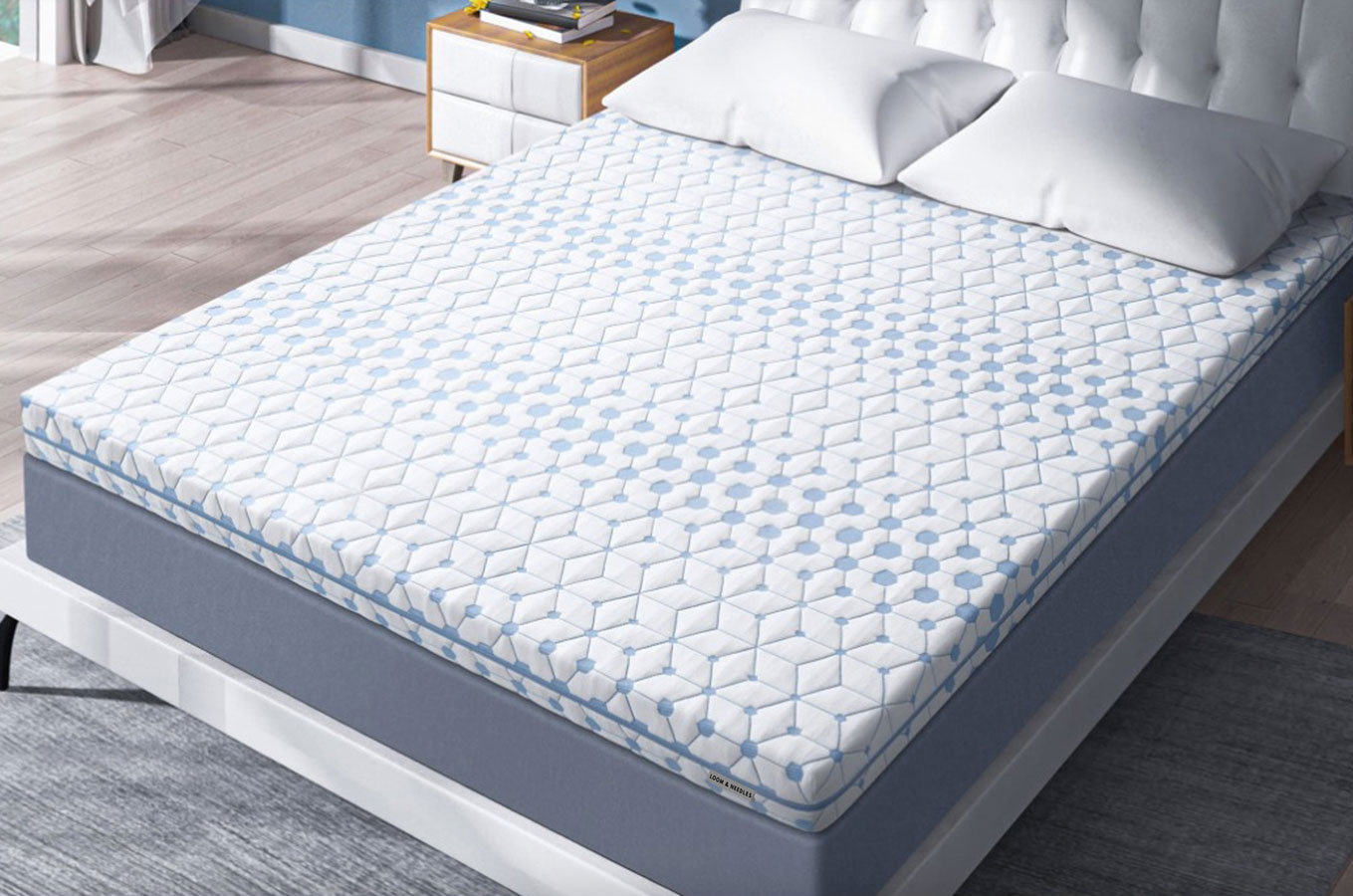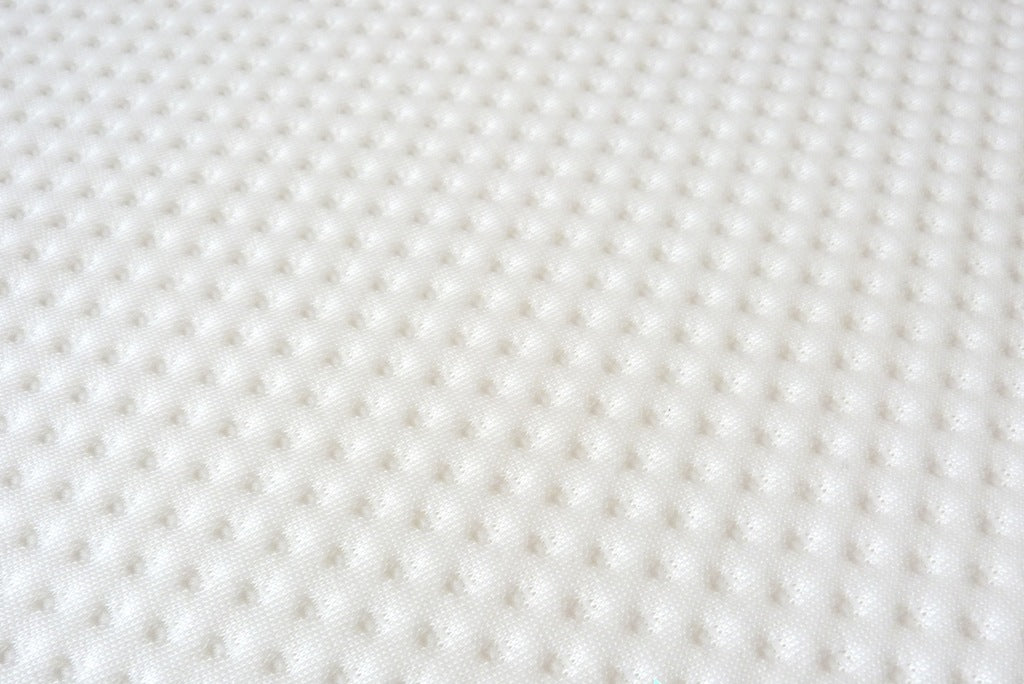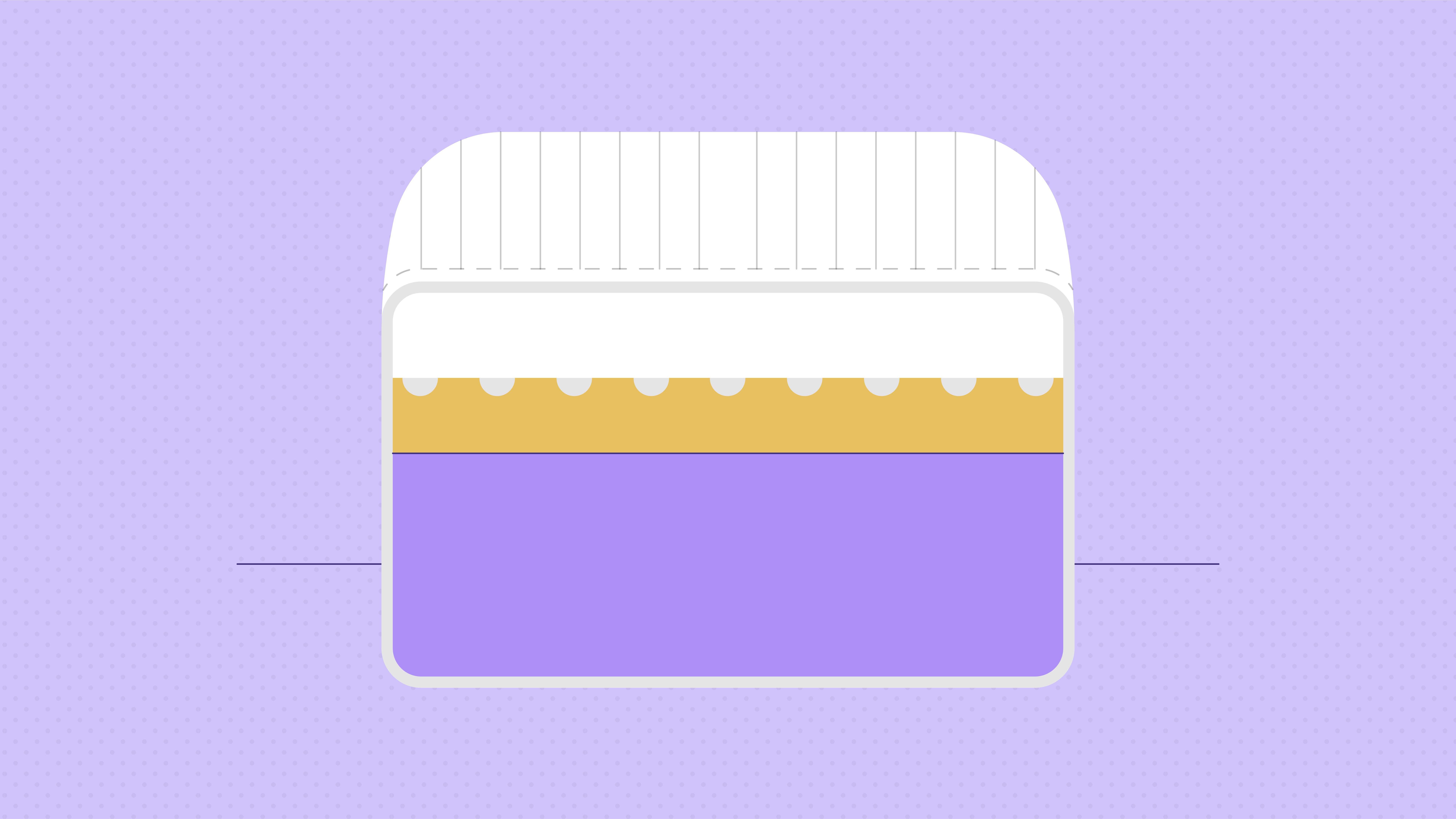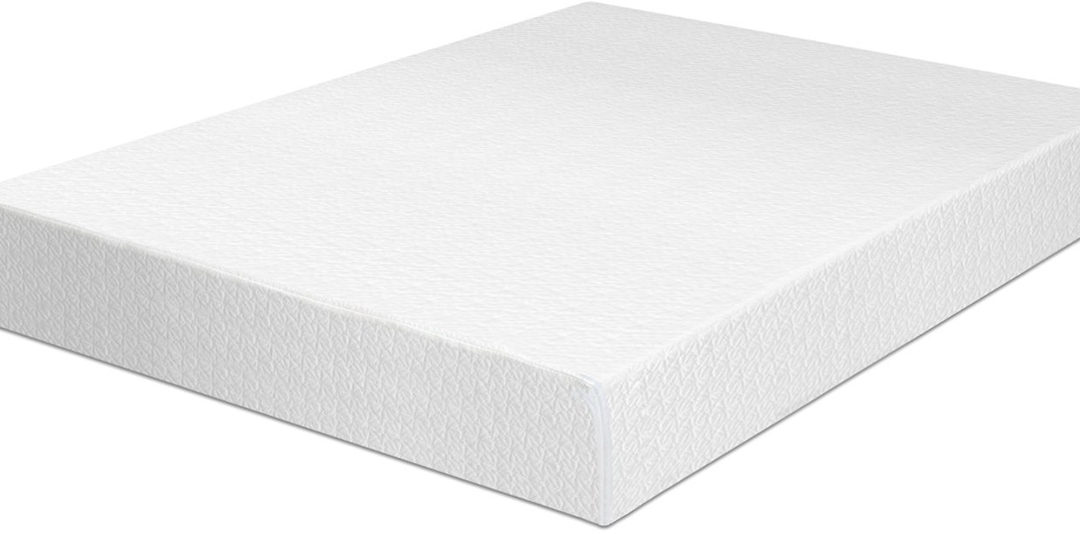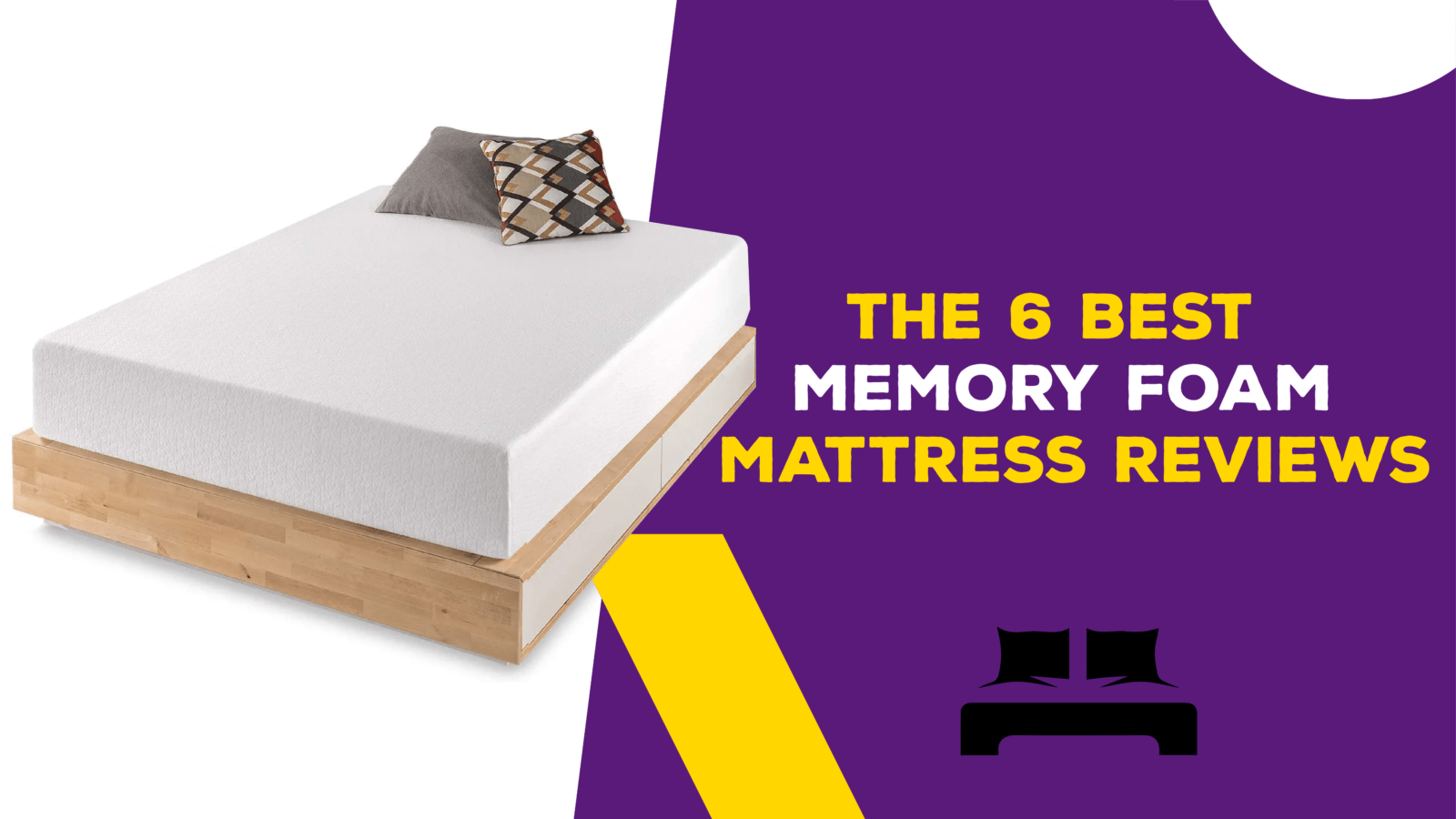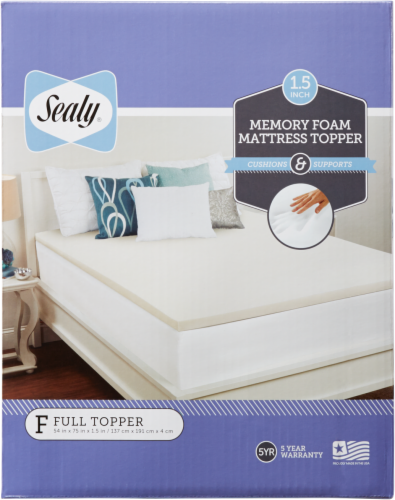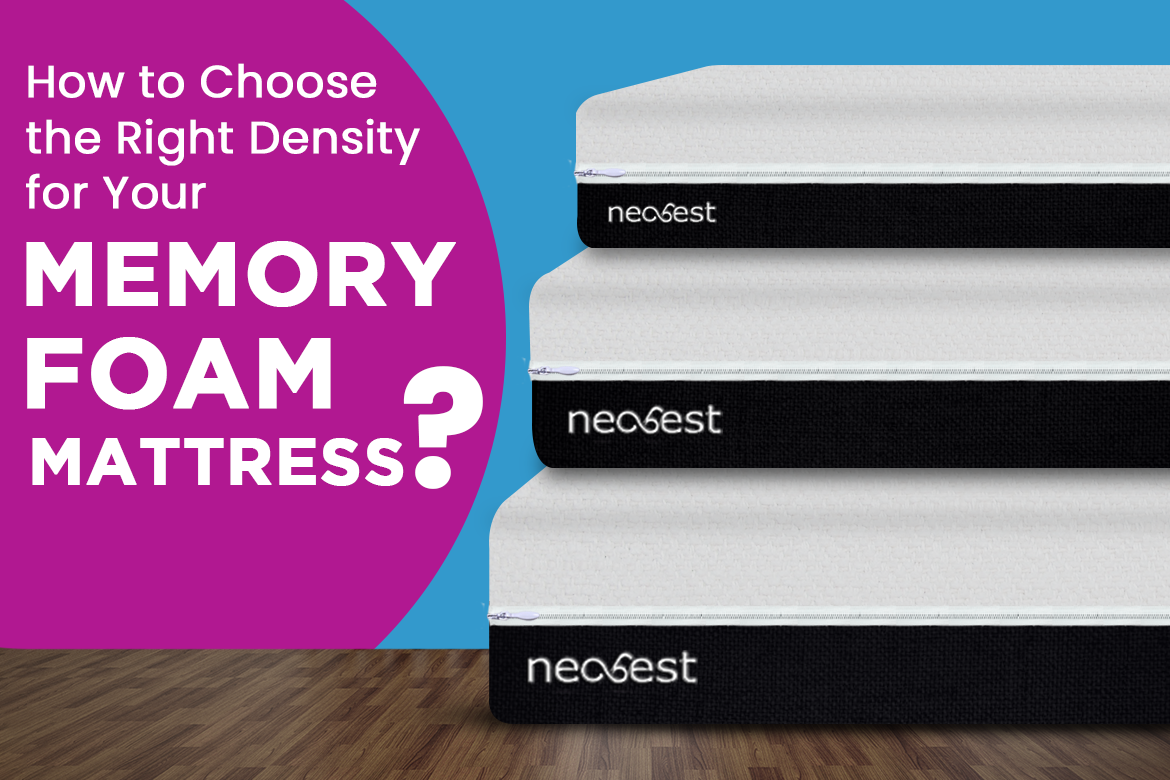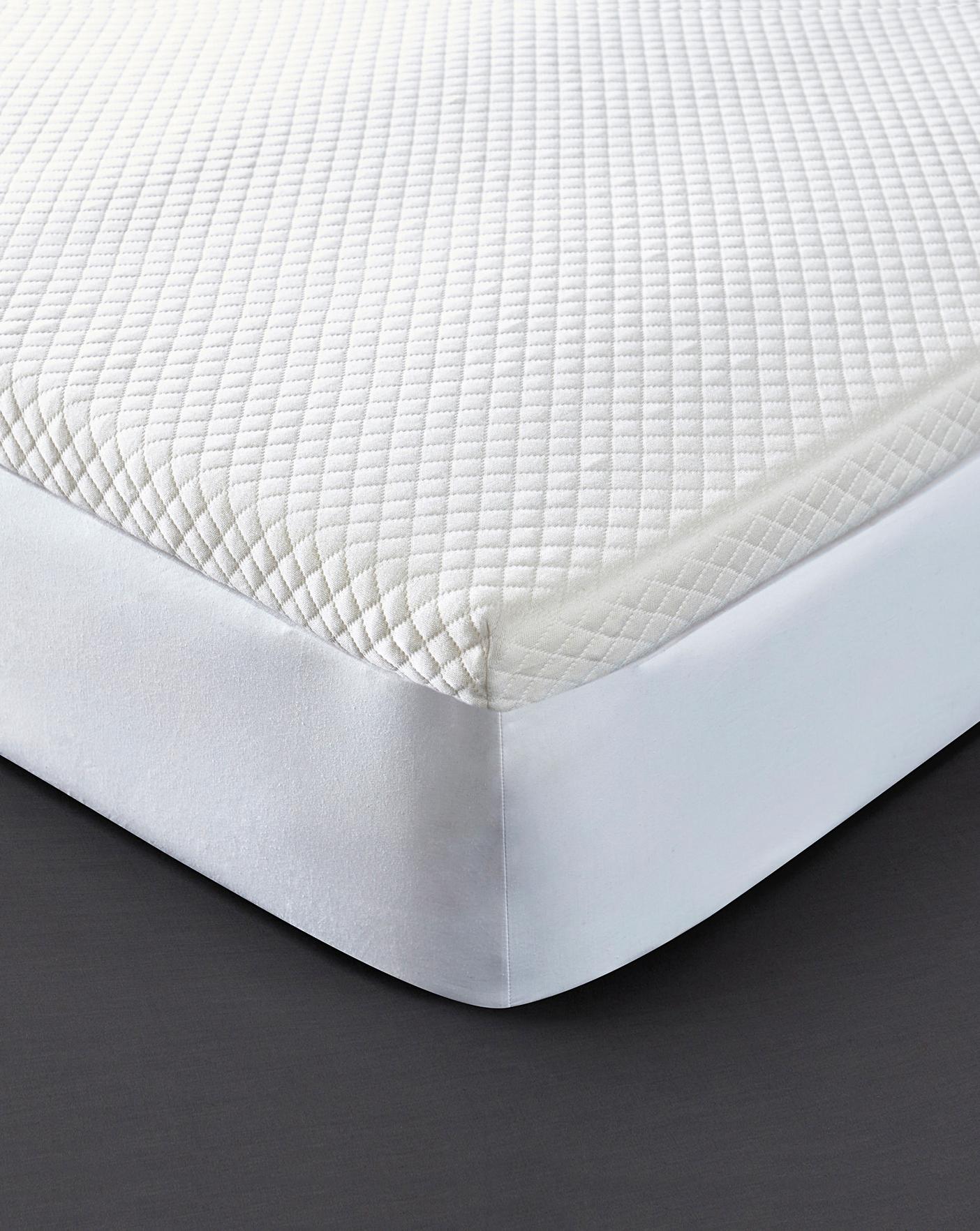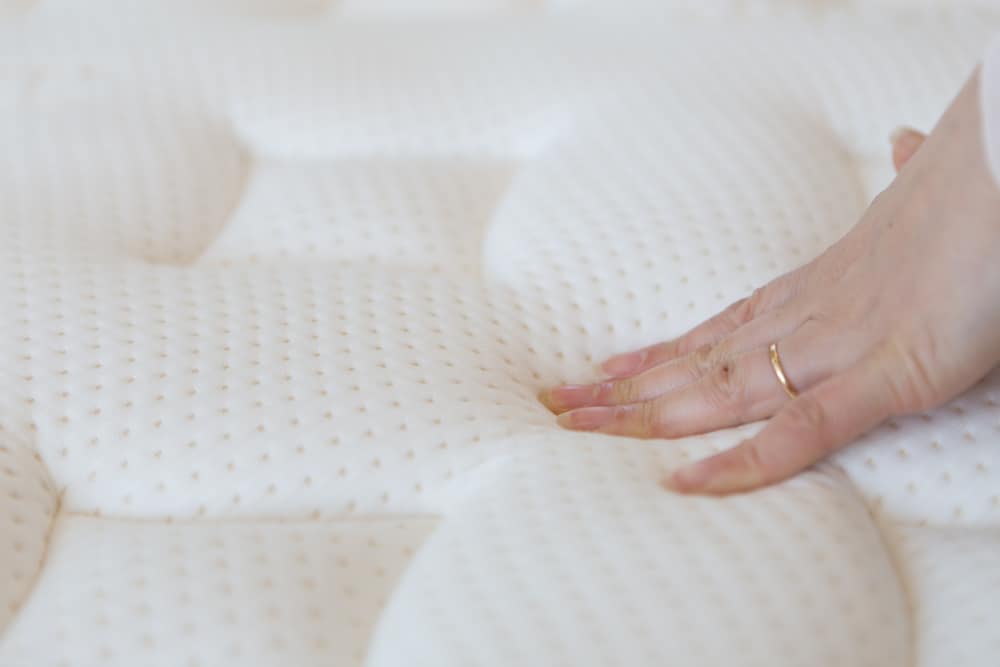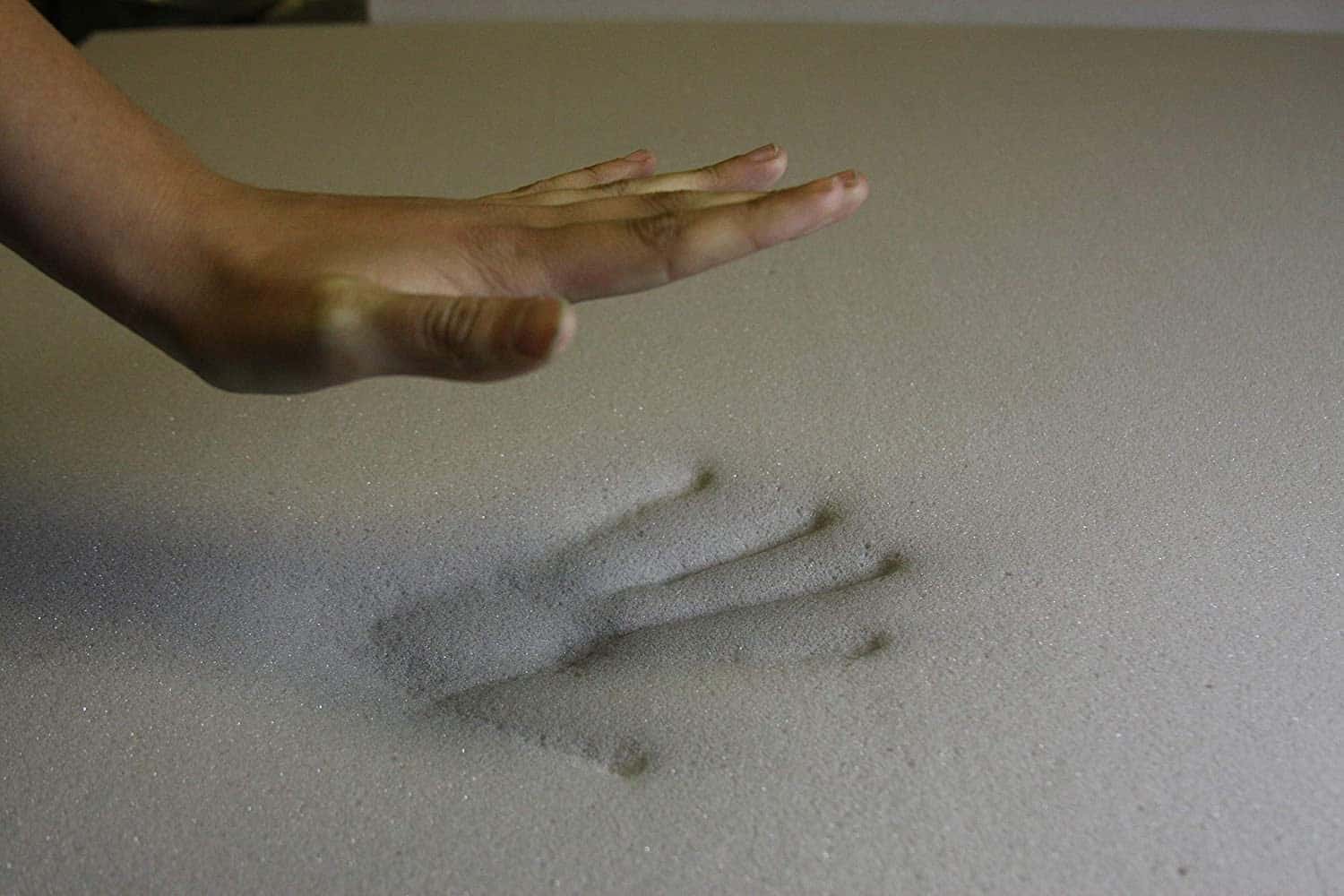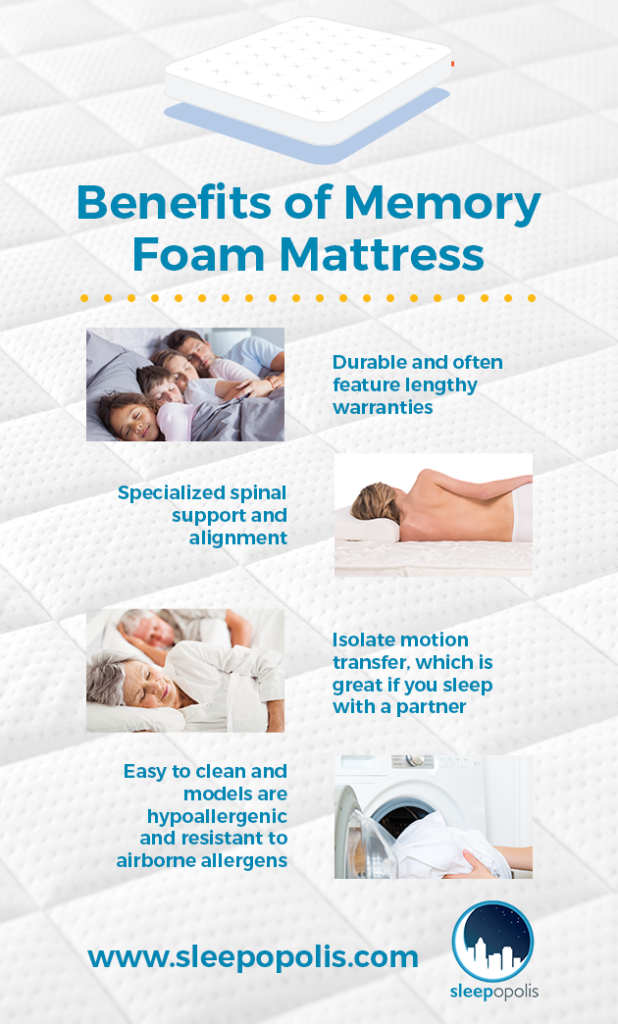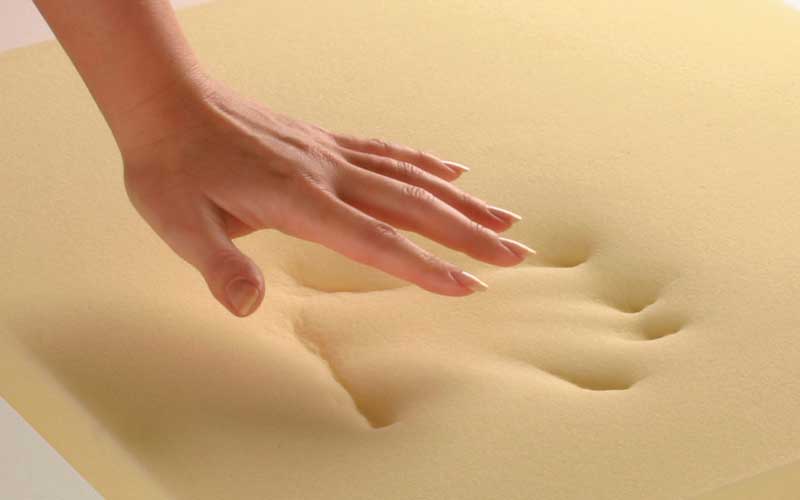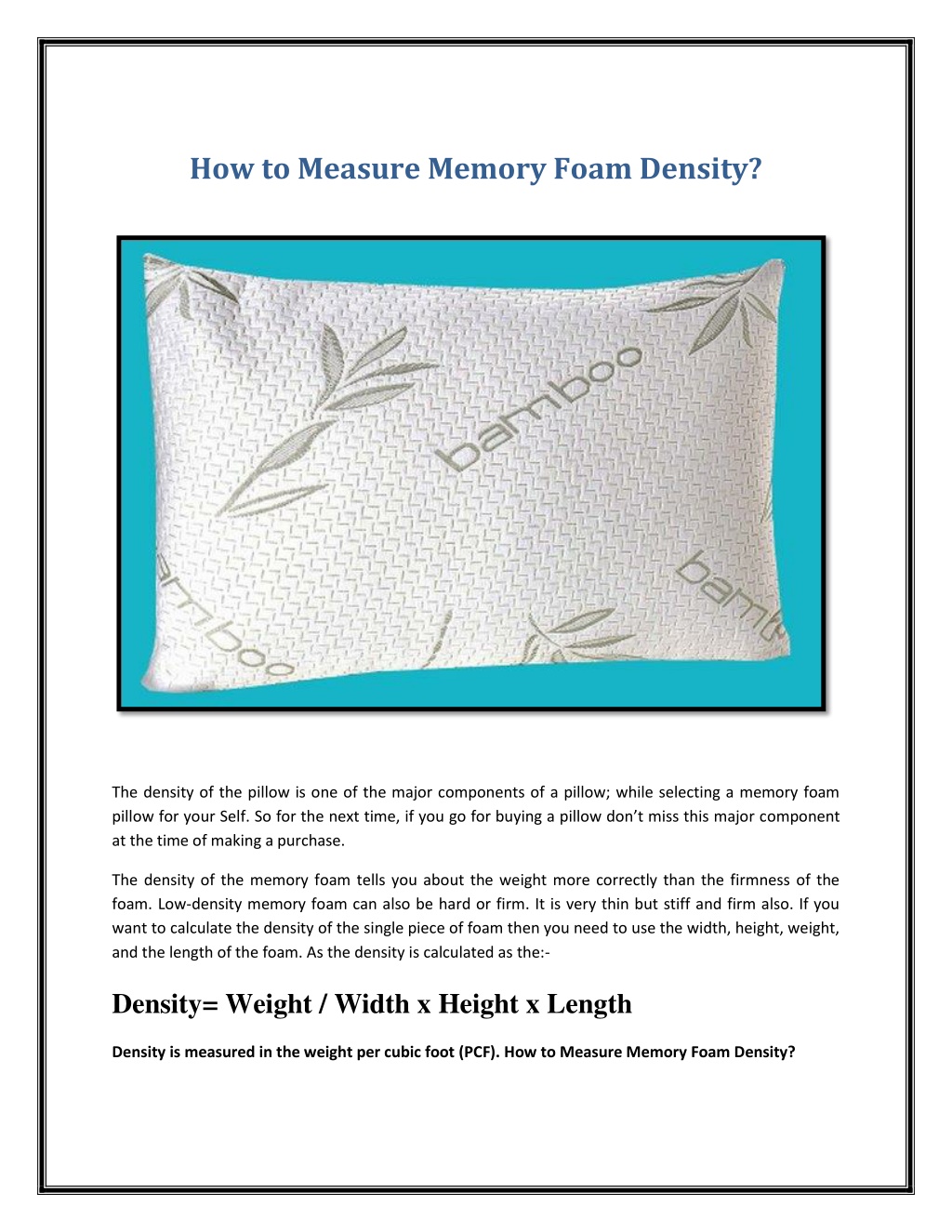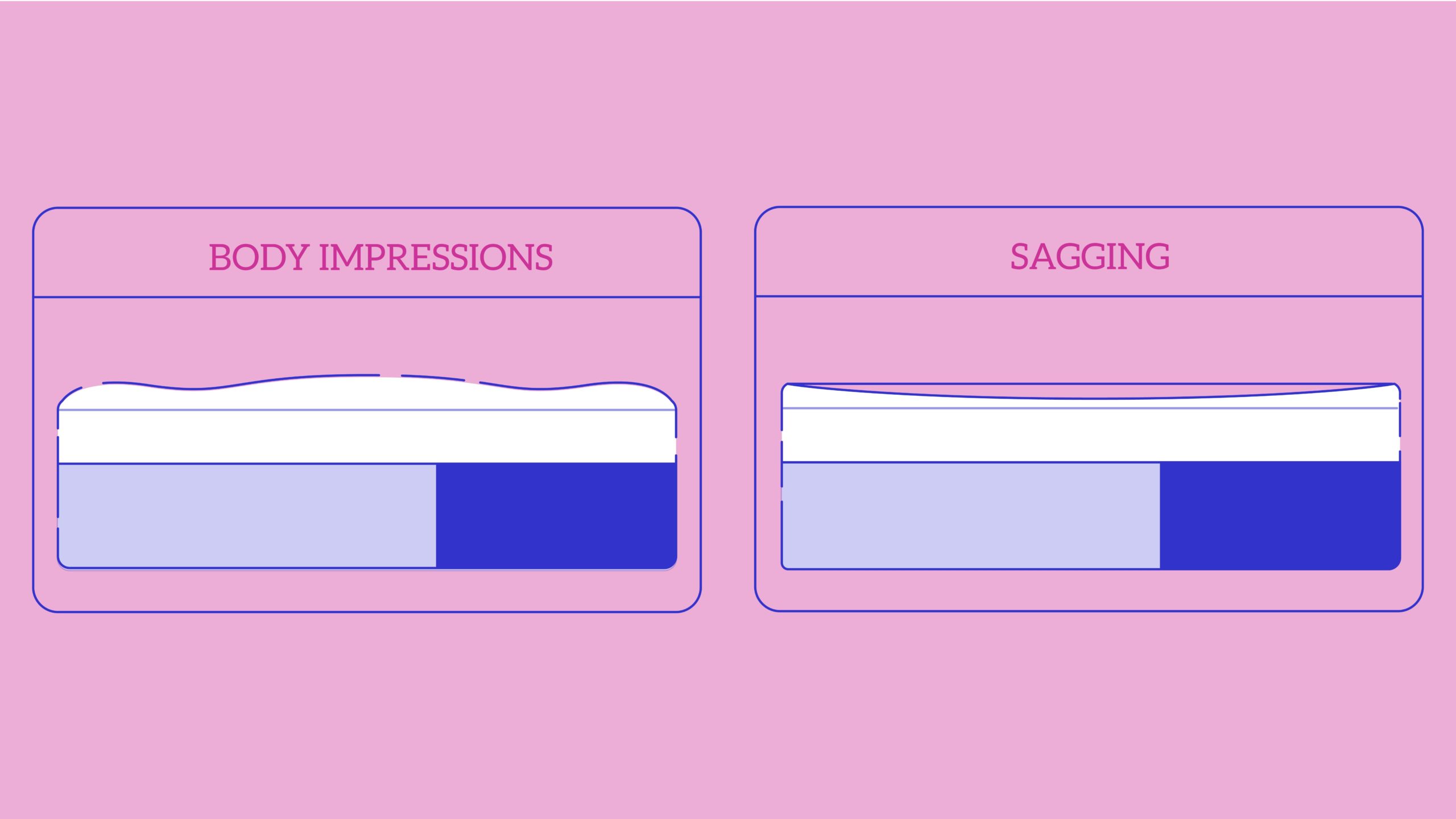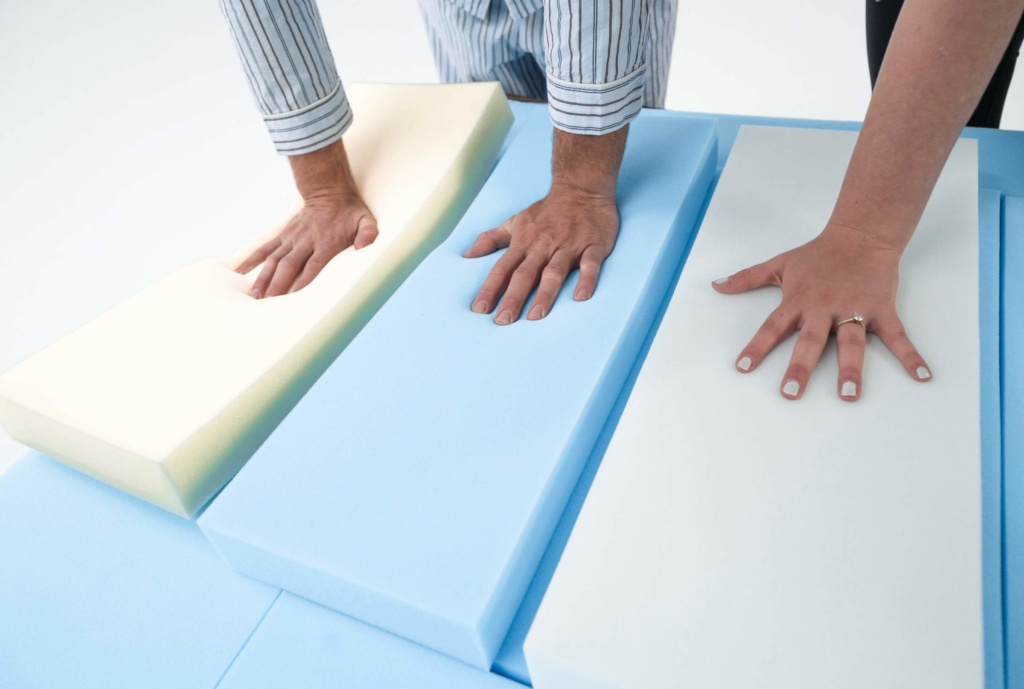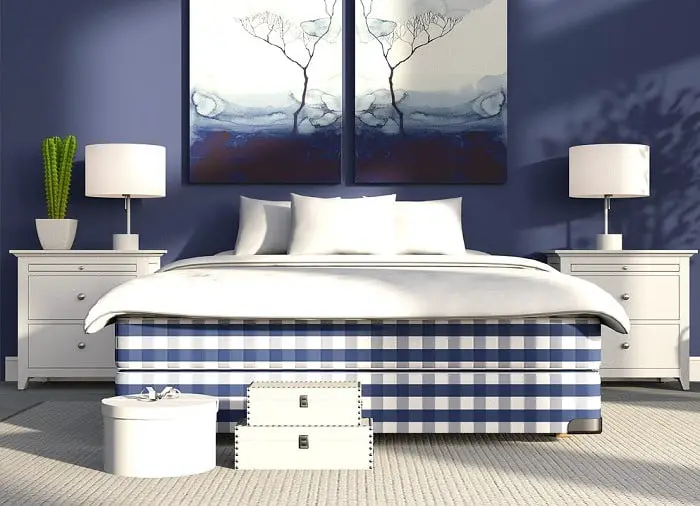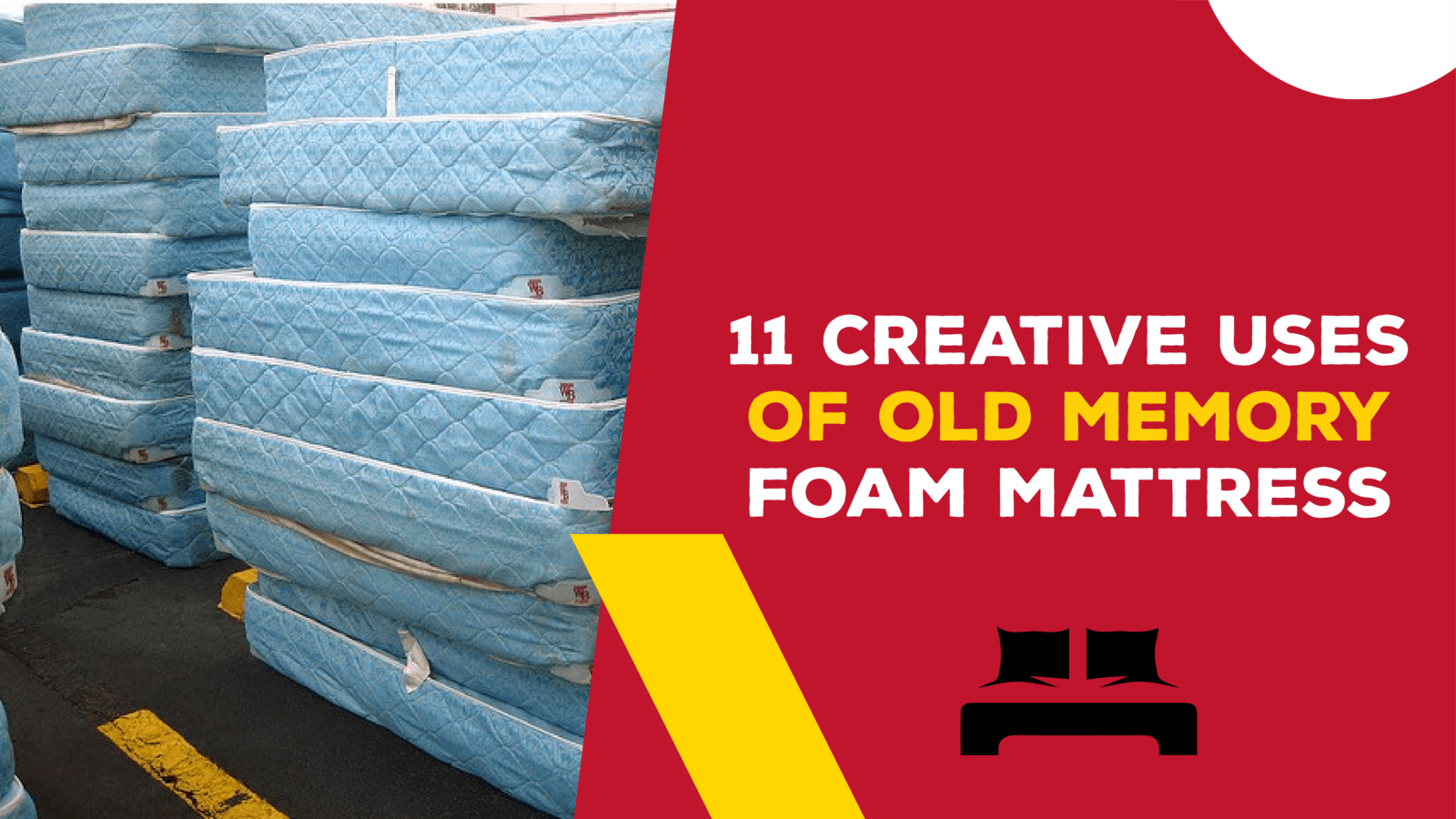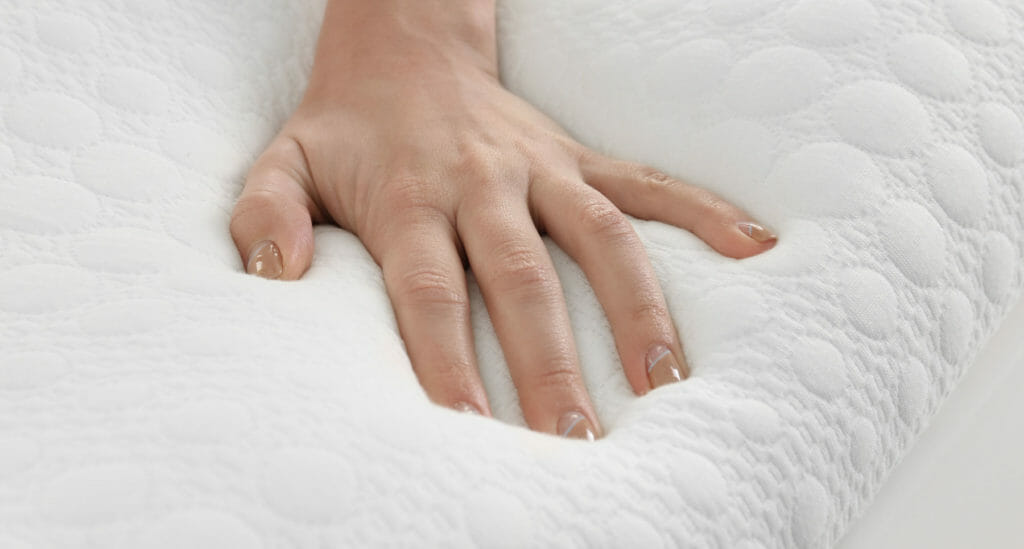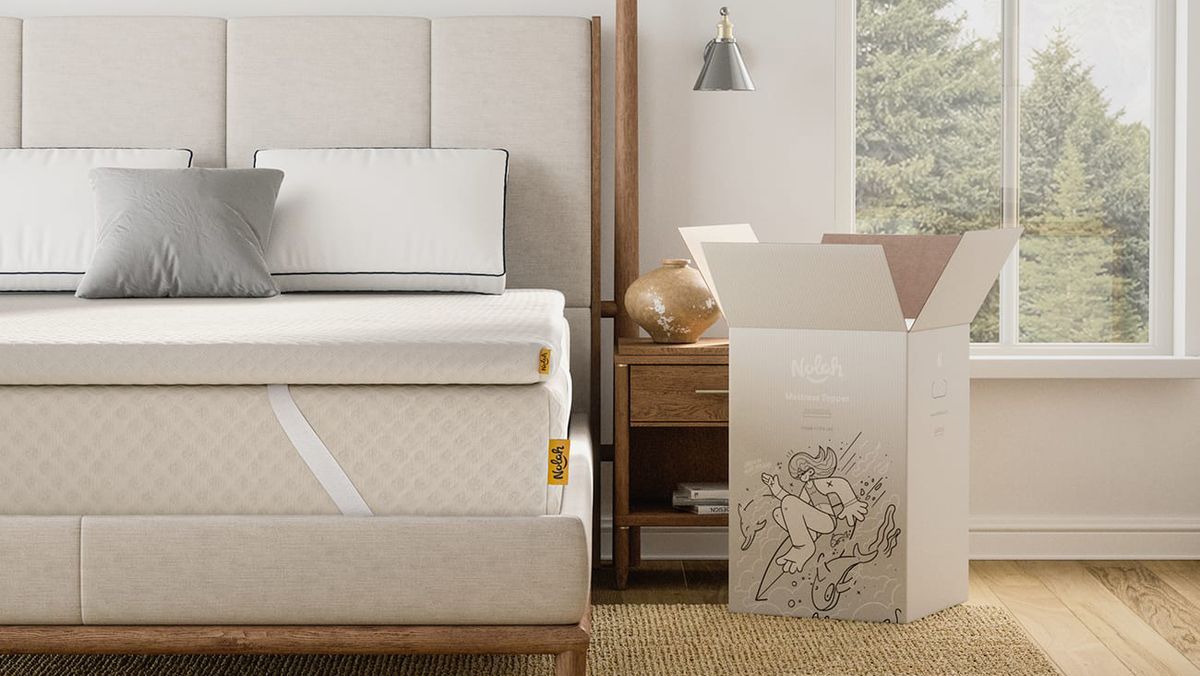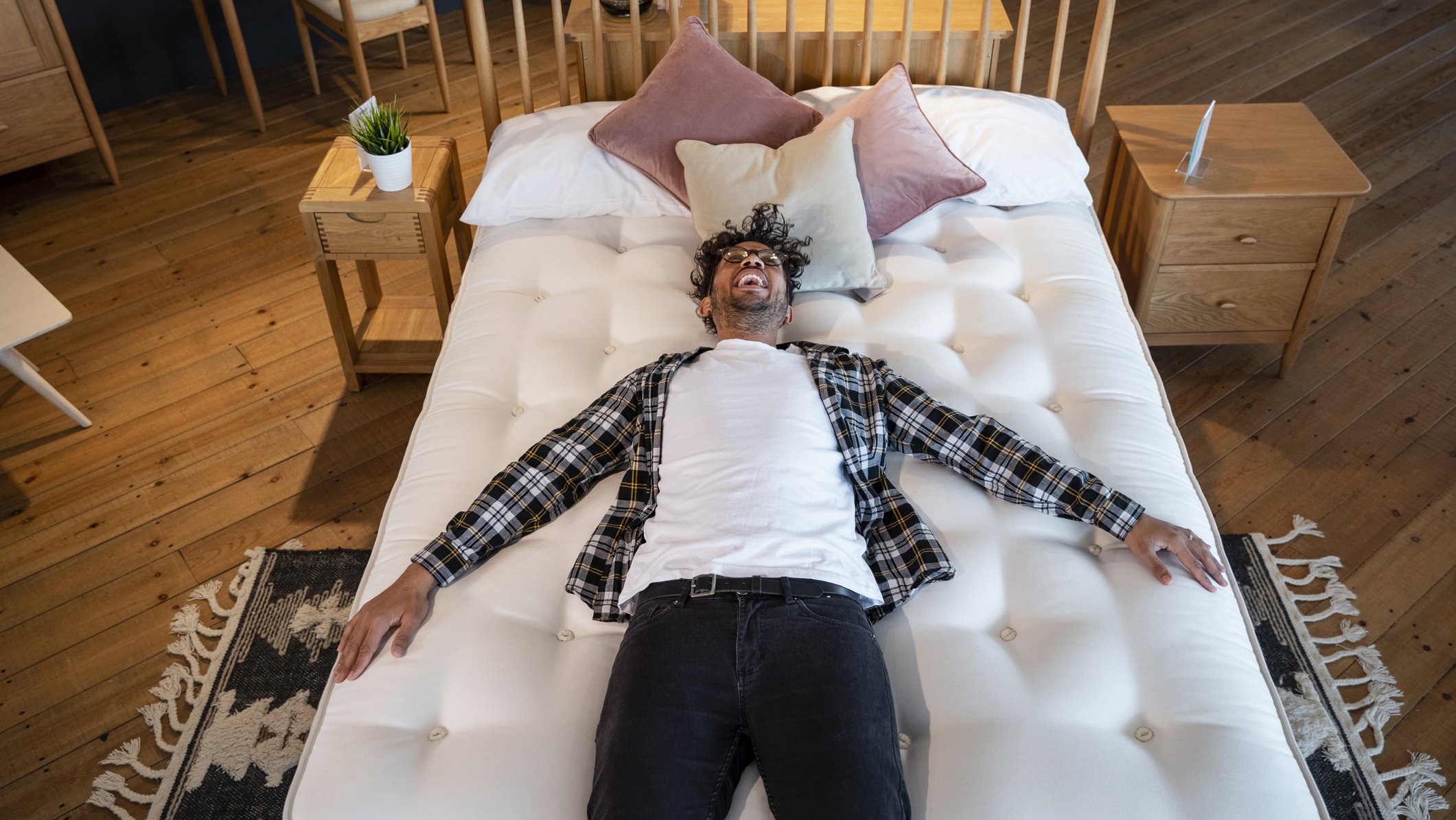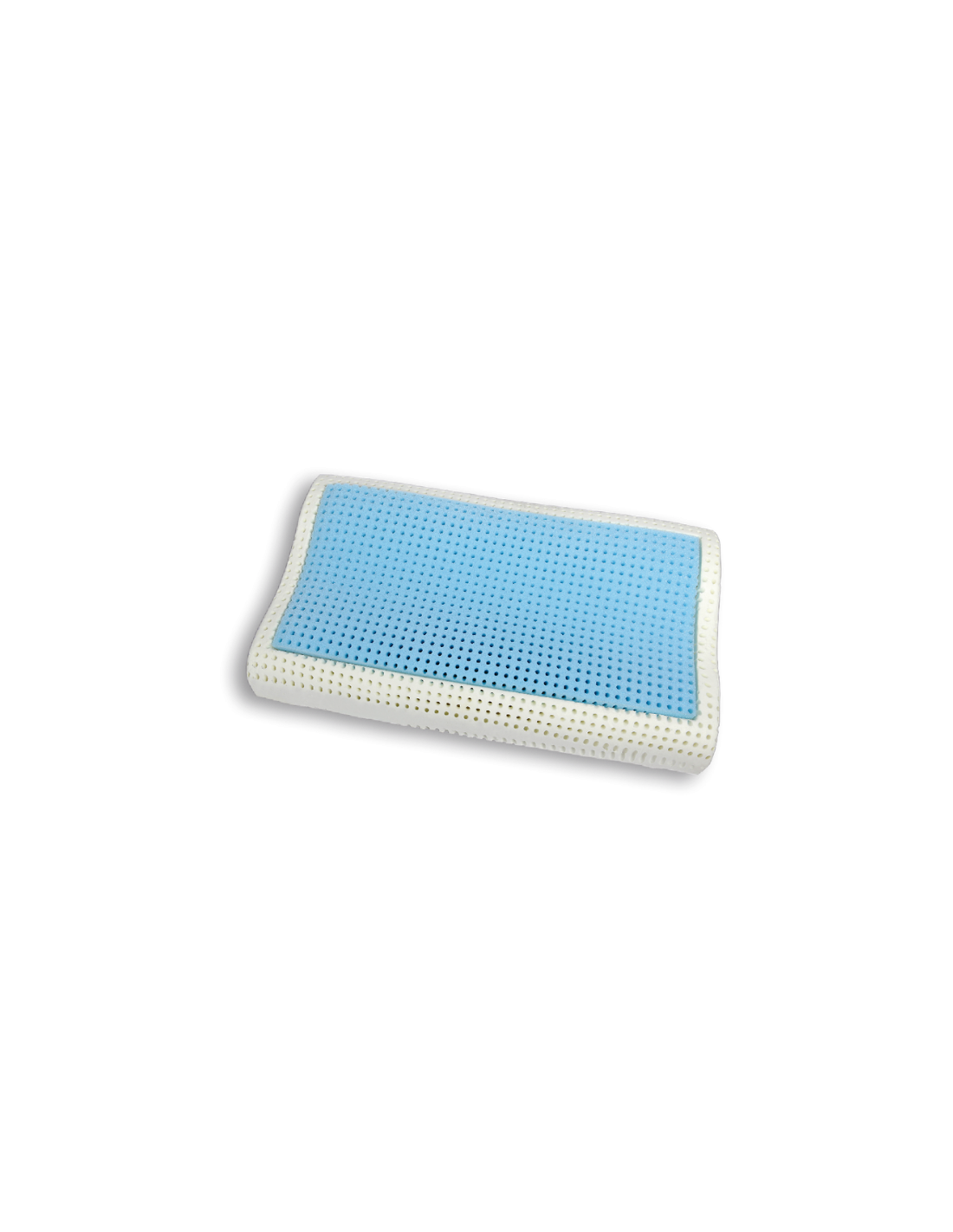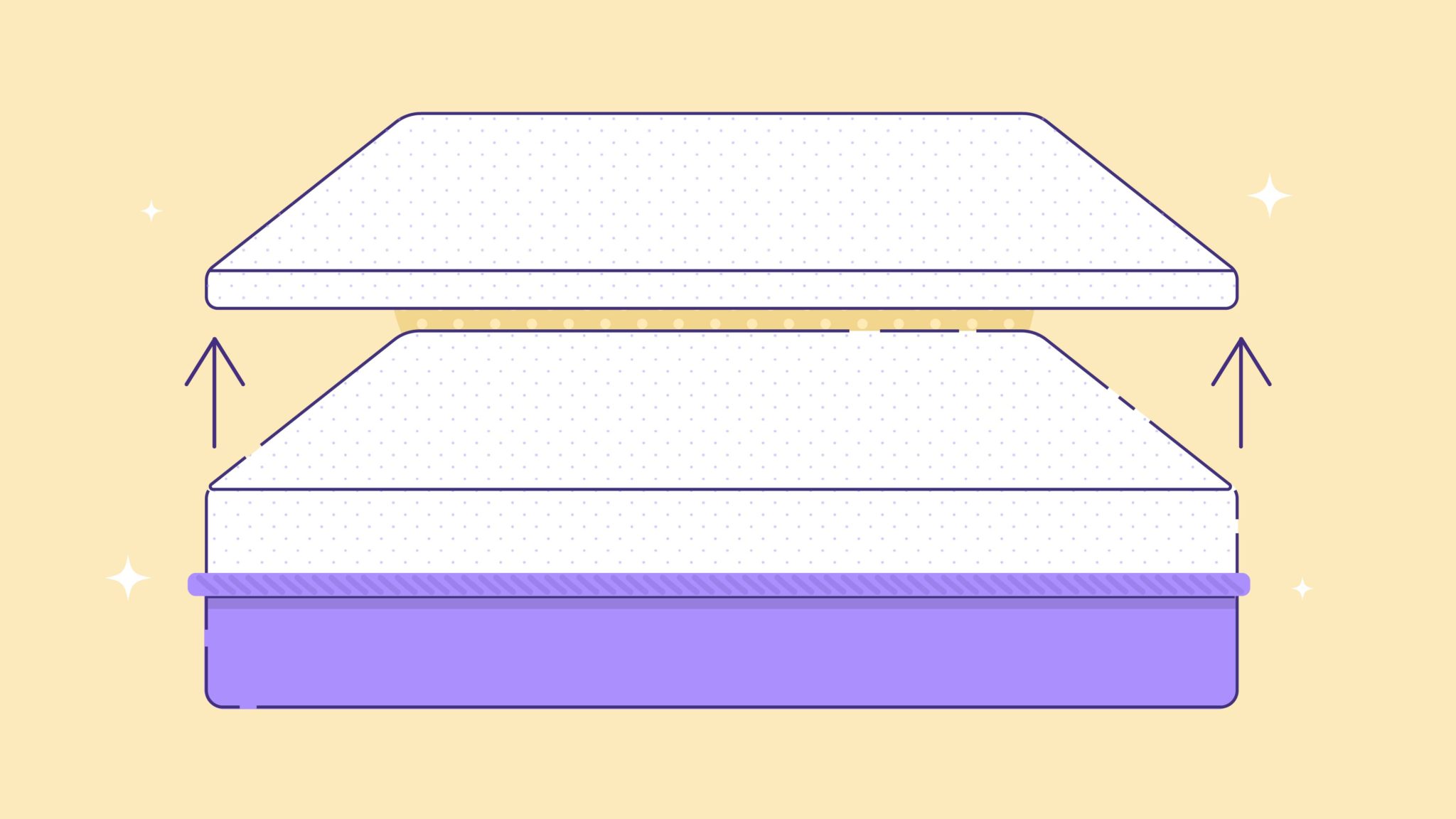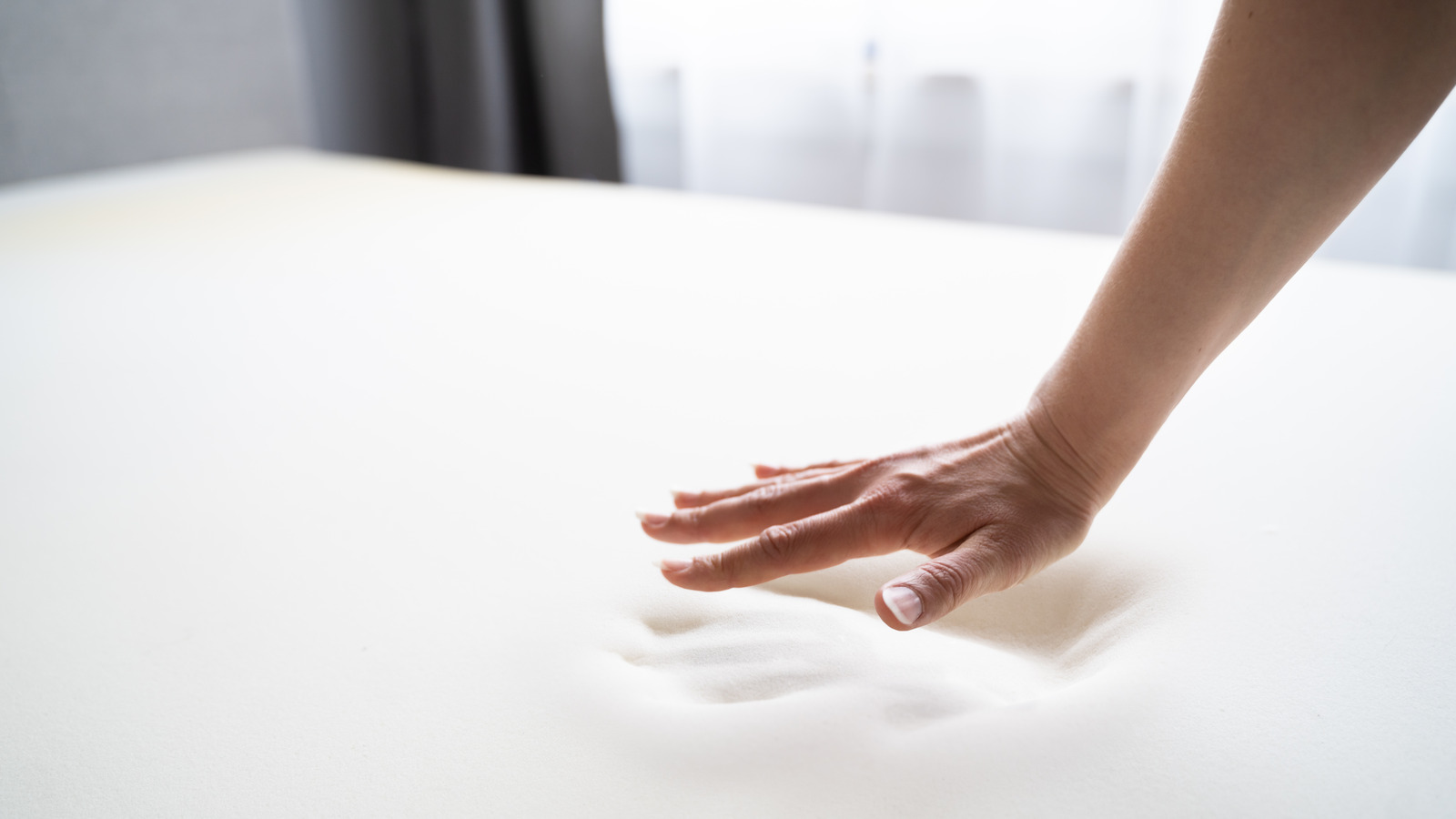Are you considering purchasing a memory foam mattress topper but feeling overwhelmed by the variety of options? One crucial factor to consider is the density of the topper. In this guide, we will break down everything you need to know about memory foam mattress topper density and help you choose the best one for your needs.Memory Foam Mattress Topper Density Guide
The density of a memory foam mattress topper refers to the weight of one cubic foot of foam. It is measured in pounds per cubic foot (PCF). The higher the density, the more material is packed into the topper, making it firmer and more supportive. The ideal density for a memory foam mattress topper depends on your personal preferences and needs.What is the Best Density for a Memory Foam Mattress Topper?
When choosing the density for your memory foam mattress topper, you should consider your weight, sleeping position, and any existing back or joint issues. For heavier individuals, a higher density (4-5 PCF) may be more suitable as it provides better support and pressure relief. If you are a side sleeper, a medium density (3-4 PCF) topper can provide the right balance of comfort and support. For those with back or joint pain, a high density (5-6 PCF) topper can offer the necessary support to alleviate pressure points.Choosing the Right Density for Your Memory Foam Mattress Topper
Memory foam mattress toppers are made of viscoelastic foam, which responds to heat and pressure. The density of the foam affects how the topper responds to your body. A higher density topper will contour to your body more closely, while a lower density topper may not provide enough support.Understanding Memory Foam Mattress Topper Density
High density memory foam mattress toppers have several benefits. They provide excellent support, contour to your body, and can last longer than lower density toppers. They are also resistant to body impressions, meaning they will not develop permanent indentations over time. Additionally, high density toppers have better motion isolation, making them ideal for couples who may be easily disturbed by movement.Benefits of High Density Memory Foam Mattress Toppers
Measuring the density of a memory foam mattress topper is quite simple. Take a ruler and measure the height, width, and length of the topper, then weigh it in pounds. Divide the weight by the volume (height x width x length) to get the density in PCF. For example, if a topper weighs 10 pounds and measures 1 cubic foot (12 x 12 x 12 inches), the density would be 10 PCF.How to Measure Memory Foam Mattress Topper Density
There are several densities available for memory foam mattress toppers, ranging from 2.5 to 8 PCF. A low density (2.5-3 PCF) topper is softer and less supportive, making it more suitable for lighter individuals or those who prefer a softer feel. A medium density (3-4 PCF) topper is more versatile and can work for different body types and sleeping positions. A high density (5-6 PCF) topper is firmer and provides more support, making it ideal for heavier individuals or those with back or joint pain.Comparing Different Memory Foam Mattress Topper Densities
1. 3-4 PCF medium density topper for side sleepers
2. 4-5 PCF high density topper for back sleepers
3. 5-6 PCF high density topper for stomach sleepers
4. 4-5 PCF high density topper for heavier individuals
5. 3-4 PCF medium density topper for lighter individuals
6. 5-6 PCF high density topper for those with back or joint pain
7. 4-5 PCF high density topper for those who prefer a firmer feel
8. 3-4 PCF medium density topper for those who prefer a softer feel
9. 5-6 PCF high density topper for couples who need good motion isolation
10. 3-4 PCF medium density topper for a balance of comfort and supportTop 10 Memory Foam Mattress Topper Density Recommendations
It is essential to understand the difference between density and thickness when choosing a memory foam mattress topper. While density refers to the weight of the foam, thickness refers to the height of the topper. Density affects the support and feel of the topper, while thickness can determine the level of cushion and comfort. It is recommended to choose a density first and then choose a thickness based on your personal preference.Memory Foam Mattress Topper Density vs. Thickness: What's the Difference?
If you have a lower density topper and want to increase its firmness, there are a few ways to do so. You can add a higher density topper on top of the existing one, or you can place a firm mattress pad or board underneath the topper. This can help provide extra support and increase the overall density of the topper.How to Increase the Density of Your Memory Foam Mattress Topper
The Importance of Memory Foam Mattress Topper Density in House Design

When it comes to creating a comfortable and inviting home, the design and decor of your living spaces play a crucial role. From furniture to lighting, every element of your home contributes to its overall aesthetic and functionality. One key aspect that is often overlooked is the type and quality of mattress used in bedrooms. This is where memory foam mattress toppers come in, providing an added layer of comfort and support to your bed. However, not all memory foam mattress toppers are created equal, and one important factor to consider is its density.
Understanding Memory Foam Mattress Toppers

Memory foam is a type of polyurethane foam that molds to the shape of your body when pressure and heat are applied. This unique feature allows it to provide customized support and relieve pressure points, making it a popular choice for mattresses and mattress toppers. Memory foam mattress toppers are a more affordable alternative to purchasing a whole new mattress, and they can be placed on top of your existing mattress to enhance its comfort and support.
The Role of Density

The density of a memory foam mattress topper refers to the weight of the foam per cubic foot. It is an important factor to consider when purchasing a memory foam mattress topper because it directly affects its firmness, durability, and overall performance. A higher density means a firmer topper, while a lower density means a softer topper. Both have their benefits, depending on your personal preferences and needs.
The Benefits of High Density Memory Foam Mattress Toppers

High density memory foam mattress toppers provide excellent support and durability. The higher weight and density of the foam mean that it can easily conform to your body's shape and provide consistent support throughout the night. This is especially beneficial for those with back or joint pain, as the topper can help alleviate pressure points and promote proper spinal alignment. High density toppers also tend to last longer, making them a cost-effective investment in the long run.
The Advantages of Low Density Memory Foam Mattress Toppers

On the other hand, low density memory foam mattress toppers are a great choice for those who prefer a softer and more plush sleeping surface. They are also a good option for those who tend to sleep hot, as the lower density allows for better air circulation and heat dissipation. Additionally, low density toppers are lighter and easier to maneuver, making them a practical choice for those who may have difficulty lifting heavy objects.
Conclusion
.PNG)
When it comes to creating a comfortable and functional home, the right mattress is essential. Memory foam mattress toppers are a popular choice for providing added comfort and support, but it is important to consider the density of the topper when making a purchase. Whether you prefer a firmer or softer sleeping surface, there is a memory foam mattress topper with the perfect density to suit your needs.
So, next time you are looking to upgrade your bedroom, don't forget to pay attention to the density of your memory foam mattress topper. It may just be the key to a good night's sleep and a beautifully designed home.
Keywords: memory foam, mattress topper, density, house design, comfortable, inviting, furniture, lighting, aesthetic, functionality, support, pressure points, firmness, durability, performance, benefits, high density, low density, plush, sleeping surface, spinal alignment, heat dissipation, upgrade, good night's sleep, beautifully designed.





